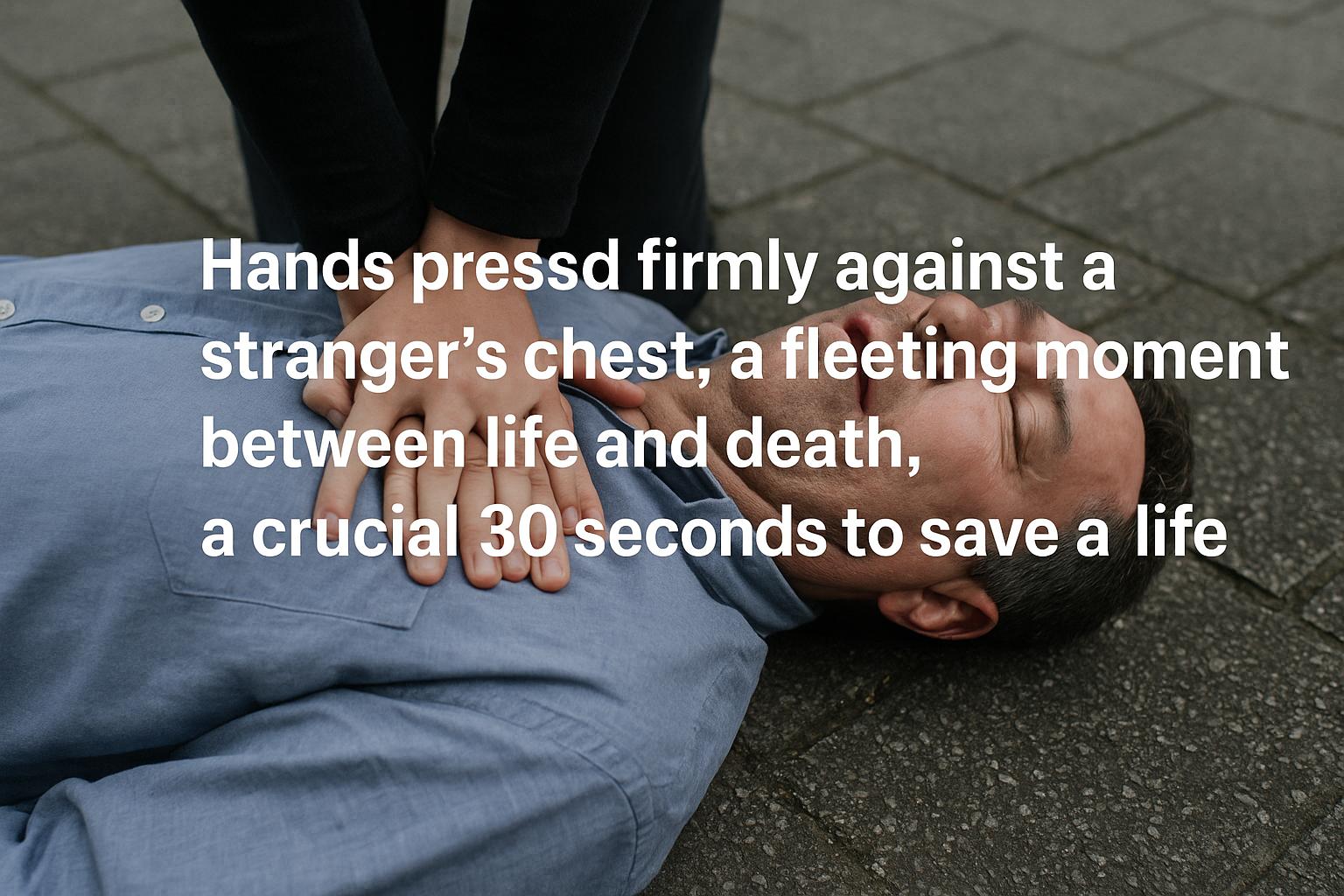Sue Hampshire, Associate Clinical Director for St John Ambulance, has renewed a heartfelt call for the public to participate in the "Save a Life September" campaign, set to return in 2025. The ambitious initiative aims to equip at least 300,000 people with vital lifesaving skills, using a blend of public demonstrations, online videos, and first aid advice columns. Hampshire stresses that dedicating just half an hour to learning these skills can make a decisive difference in an emergency, potentially saving the life of a loved one, neighbour, or friend.
The campaign emphasises several key life-saving techniques. Central among these is cardiopulmonary resuscitation (CPR) and the use of automated external defibrillators (AEDs). If someone suffers a cardiac arrest and is not breathing normally, immediate action is crucial. Calling emergency services and beginning chest compressions can significantly increase survival chances. For those trained, rescue breaths supplement compressions, and the defibrillator, once available, provides guided assistance to restart the heart. The campaign offers clear, actionable guidance on performing these steps, underlining the importance of following emergency call handlers’ instructions.
In addition to cardiac emergencies, the campaign addresses severe bleeding and catastrophic haemorrhage. St John Ambulance advises that the first priority is to stop bleeding by applying direct pressure with a clean cloth or sterile dressing, and raising the wound if possible. If an object is embedded in the wound, it should not be removed; rather, pressure is applied around it. Managing shock is critical, which involves lying the injured person down, elevating their legs, and keeping them warm. Advice on improvised tourniquets may also be provided by emergency services in severe cases.
Choking, another common emergency, is addressed with practical steps such as giving back blows and abdominal thrusts to clear blocked airways. The campaign recommends alternating these techniques and emphasises calling 999 if the blockage persists. It also prepares responders to transition to CPR if the person becomes unresponsive.
This comprehensive campaign is mirrored across the UK, with St John Ambulance Cymru running similar initiatives throughout Wales. Their programme includes free in-person sessions that culminate in a certificate recognizing participants’ newly acquired skills. These sessions aim to boost community confidence in handling emergencies, reinforcing the crucial impact timely first aid can have on survival rates.
Efforts extend beyond physical training events to social media outreach and the distribution of pocket guides, enabling people to learn and refresh key skills at their convenience. St John Ambulance volunteers also provide free first aid demonstrations in public spaces and workplaces, tailoring approaches to maximise accessibility and community engagement. The overarching message is that first aid is not just for professionals; every individual can play a part in saving lives.
Industry data and campaign feedback suggest that timely first aid significantly improves outcomes in emergencies such as cardiac arrest, choking, and severe bleeding. By promoting widespread knowledge and confidence, the Save a Life September campaign seeks to foster a culture of preparedness where communities can respond efficiently and effectively to accidents and sudden health crises. This movement aligns with wider public health goals to reduce preventable deaths outside of hospital settings through immediate bystander intervention.
In summary, Save a Life September represents a strategic, evidence-based effort to empower as many people as possible with critical first aid skills. The campaign showcases how collective action, even small individual commitments of time, can lead to profound differences in saving lives in moments when every second counts.
📌 Reference Map:
- Paragraph 1 – [1], [6]
- Paragraph 2 – [1], [2], [6]
- Paragraph 3 – [1], [2], [6]
- Paragraph 4 – [1], [3], [4]
- Paragraph 5 – [5], [7]
- Paragraph 6 – [2], [6]
- Paragraph 7 – [1], [2], [6], [3], [4]
Source: Noah Wire Services
